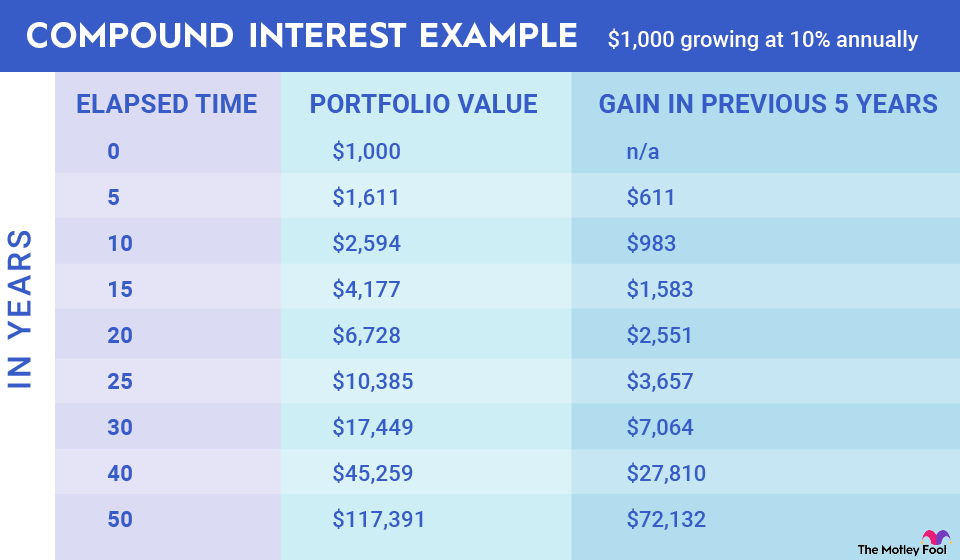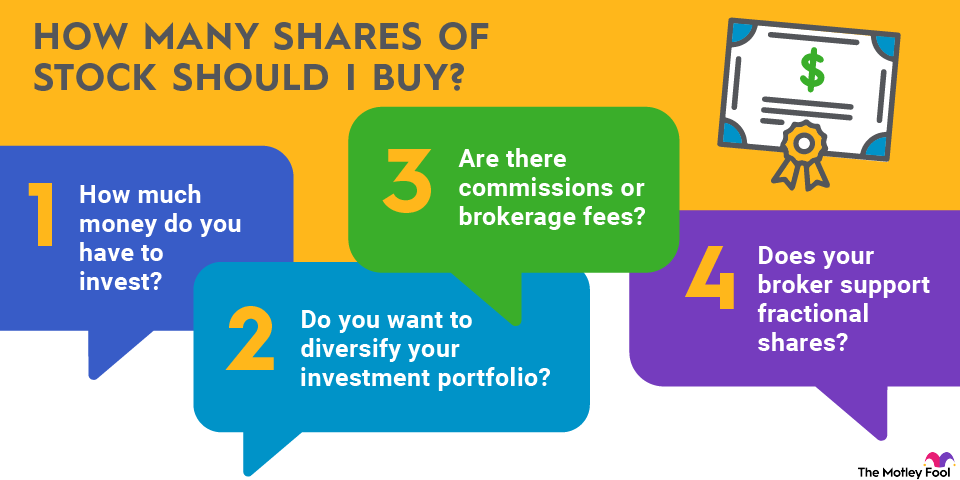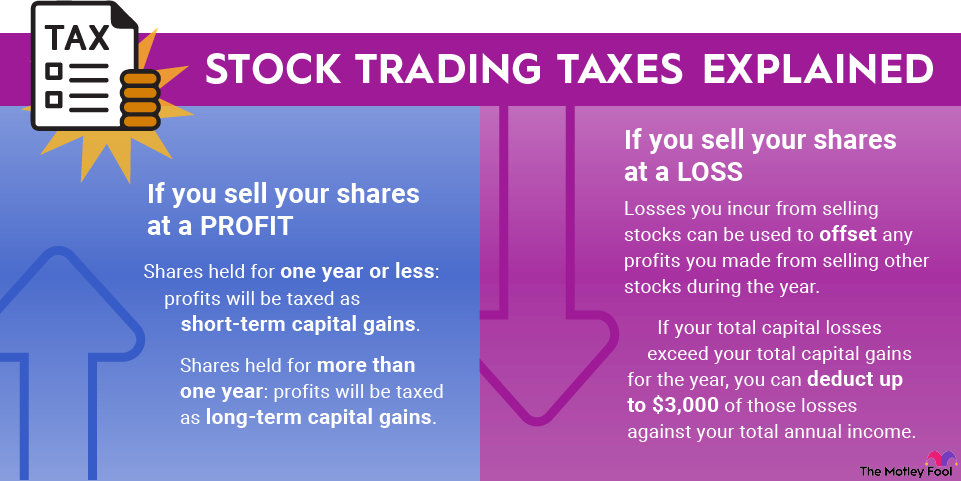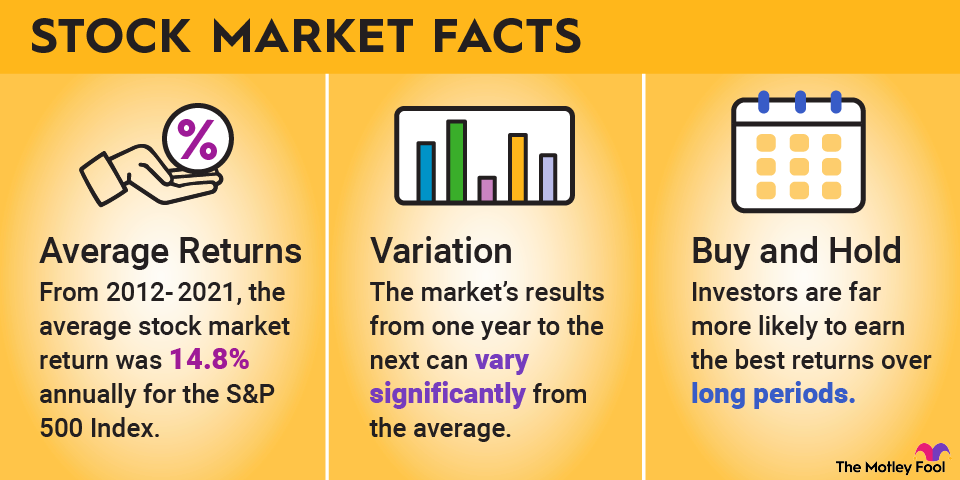Klarna (KLAR -1.95%) is a Swedish fintech company that provides buy now, pay later (BNPL) services, which allow consumers to split purchases into installment payments. The company was founded in Stockholm in 2005, then gradually expanded across the Nordic countries and into markets like Germany, the Netherlands, the U.K., and the U.S. In 2017, Klarna secured a Swedish banking license, allowing it to broaden its services beyond payment processing.
On Sept. 10, 2025, Klarna debuted on the New York Stock Exchange (NYSE). The company previously planned its initial public offering (IPO) in the U.S. for April but postponed it after tariffs triggered stock market volatility. The IPO raised $1.37 billion and valued the company at $18 billion.

NYSE: KLAR
Key Data Points
We'll cover how Klarna makes money, its financial performance, and some recent developments to know about before you invest money in the company.
Revenue
What does Klarna do?
Klarna is a BNPL company that allows customers to pay for purchases over time in installments. The service offers various plans, like Pay in 4 for bi-weekly payments or Pay Over Time for longer-term monthly installments. When a shopper applies for a loan from Klarna, the platform performs a soft or hard credit check, depending on the type of plan, to offer an instant decision.
Klarna pays the merchant the full purchase amount upfront. Businesses can integrate Klarna with their point-of-sale systems or e-commerce platforms, allowing customers to use the service both online and in physical stores. To enhance its BNPL service, Klarna offers a virtual shopping card and an app that allows users to manage payments, make purchases anywhere, track orders, and earn cashback.
Additional services include debit and deposit accounts, a consumer rewards program, a browser extension for online shopping, and longer-term financing options for larger purchases.
How does Klarna make money?
Merchant fees are Klarna's largest revenue source. Klarna charges merchants a combination of a flat transaction fee and a variable percentage fee for every sale made through its payment platform. In return, Klarna pays the merchant immediately, but in doing so, the company absorbs the credit risk associated with consumer financing.
When customers opt for longer-term installment plans or other financing options, Klarna earns interest on the outstanding balance, similar to a traditional lender. Customers who fail to make their payments on time can be charged late fees, too. The company also collects interchange fees when customers use its payment services, similar to a credit card company.
Klarna is expanding its banking offerings and has introduced subscription services like Klarna Plus, which offers benefits like loyalty incentives to shoppers. It also generates income through paid partnerships with brands and advertising within its platform, though these are relatively new streams of revenue.
Klarna's financials
In 2024, Klarna posted its first annual profit since 2019, with total net income of $21 million. This was a major turnaround from the $244 million net loss it recorded in 2023.
Klarna’s revenue grew 24% year over year to $2.81 billion, while gross merchandise volume reached $105 billion in 2024, up 14% from 2023.
For 2024, Klarna's primary revenue streams were as follows:
- Merchant fees: 57%.
- Interest income from longer-term financing options: 24%.
- Consumer fees: 12%.
- Advertising: 6%.
Klarna’s total revenue for the first half of 2025 was $1.52 billion, up 21% year over year. However, the company recorded a net loss of $152 million for the first two quarters of 2025, substantially higher than its $31 million loss in the first half of 2024.
Recent developments
In June 2025, Klarna became available as a payment option on Alphabet's (GOOGL -0.54%) (GOOG -0.94%) Google Pay. That same month, Klarna launched a pilot program for the Klarna Card, a physical Visa (V -0.98%) card that combines a debit account with access to Klarna's flexible payment options. This allows users to make payments with funds stored in FDIC-insured deposit accounts.
Klarna has also announced new and/or deepening partnerships with major retail brands like Gap (GAP +1.88%), Walmart (NYSE:WMT), and eBay (EBAY -2.88%). As of September 2025, eligible Klarna users can access Klarna's installment plans for in-store purchases using Apple (AAPL -1.54%) Pay in the U.S. and UK. This new feature allows users to select their preferred Klarna payment plan directly within the Apple Pay interface at a physical checkout.



















